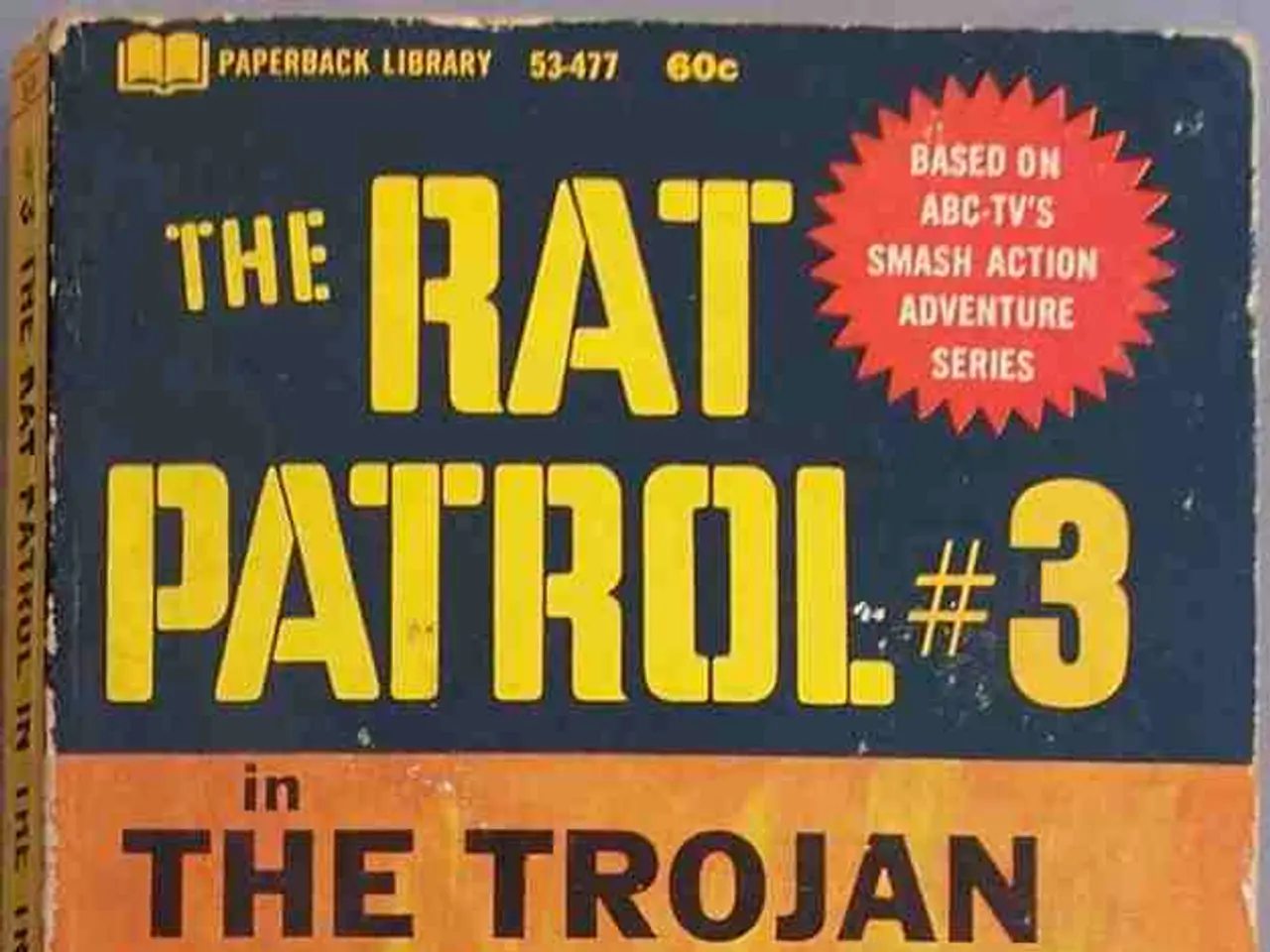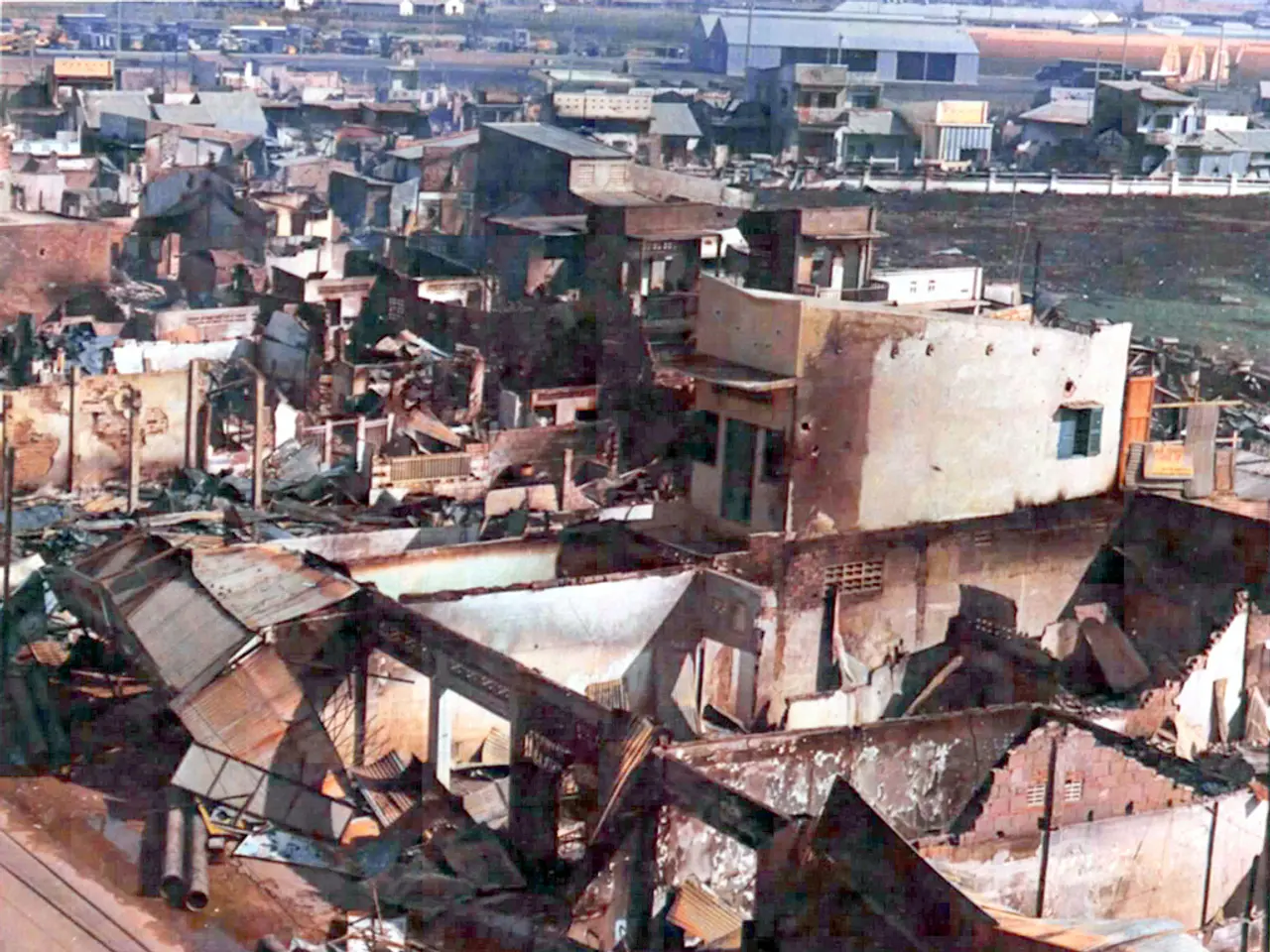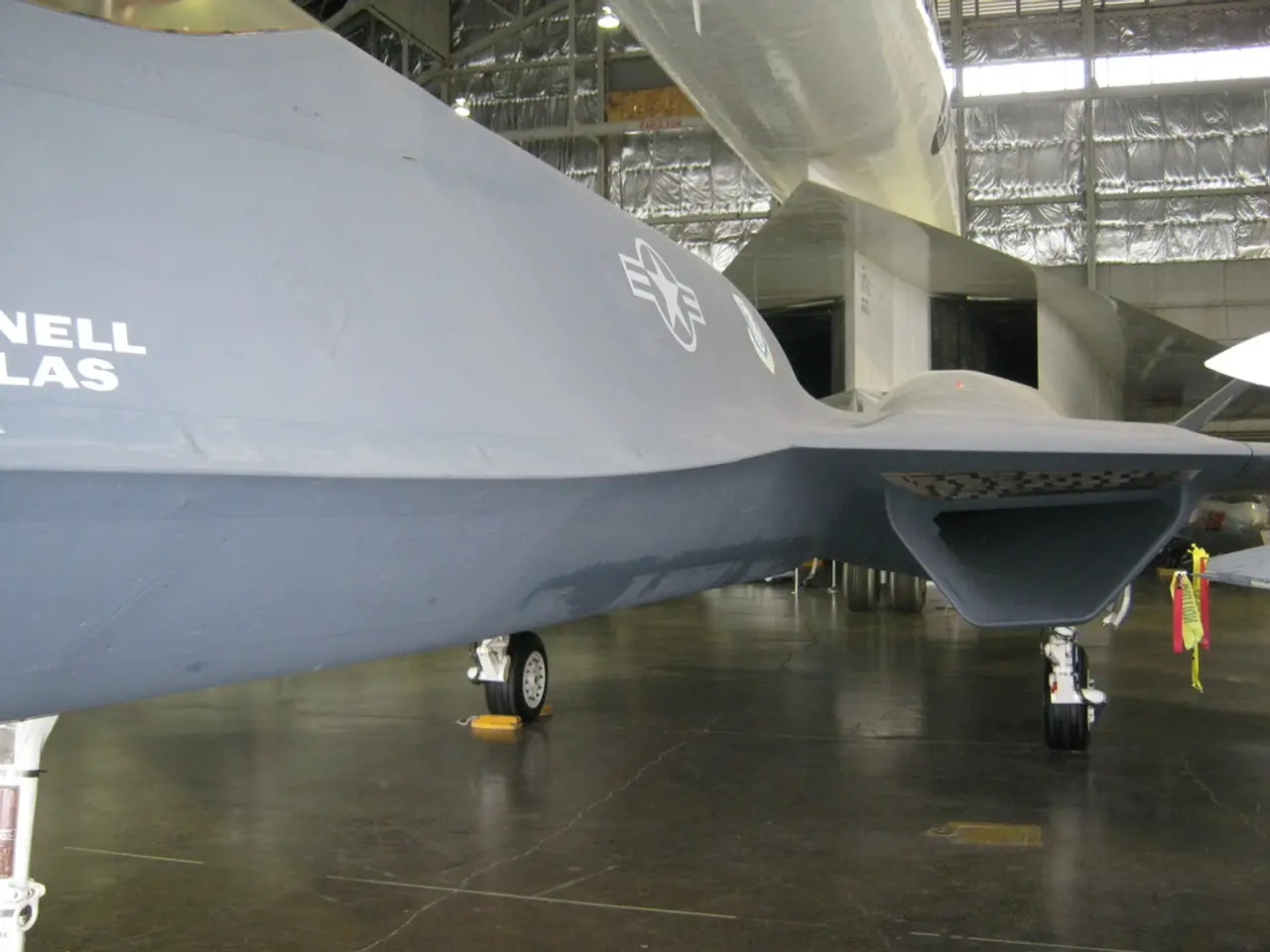Discussion on Urban Warfare Podcast: 2005 Battle of Tal Afar, Insights from Retired Lieutenant General H.R. McMaster
In the heart of the Iraq War, Operation Restoring Rights was launched to clear insurgents, restore order, and protect the civilian population from sectarian violence in Tal Afar. This historic operation, led by Colonel H.R. McMaster, is often referenced as a model example of the clear, hold, build approach to counterinsurgency.
During the Battle of Tal Afar in 2005, McMaster commanded the 3d Armored Cavalry Regiment. At that time, Tal Afar was a key stronghold for al-Qaeda in Iraq. The battle, marked by extreme lethality due to urban combat against an entrenched and well-armed enemy, is now a subject of study for its successful clearance of insurgents, holding of the city, and rebuilding of local governance.
McMaster's insights on the Battle of Tal Afar emphasise the imperative of first defeating insurgents controlling urban areas before stabilisation can begin. He applies this principle to the ongoing conflict in Gaza, stating that the initial essential step is removing Hamas’s control over territory and the population, as no meaningful "hold" or "build" phase can happen while the insurgent threat remains intact.
McMaster draws direct parallels between Tal Afar and Gaza, noting that both involve complex urban warfare where clearing insurgents is necessary before political or security arrangements can stabilise the area. In a podcast episode, he discusses the application of the lessons learned from the Battle of Tal Afar to the ongoing fighting in Gaza, sharing insights on the battle's shaping factors, integration of Iraqi security forces and tribal leaders, and planning focus on both clearing and rebuilding the city.
Effective urban warfare, as McMaster emphasises, requires integrated approaches beyond just military action. The combination of clearing hostile actors, securing the population, and enabling governance institutions is key to long-term stability. This principle, reinforced by additional commentary from interviews and podcasts featuring McMaster, suggests that military success in urban combat must be paired with plans for security forces transition and political engagement post-clearing.
The image accompanying this article is credited to Pfc. James Wilt, US Army.
For those interested in learning more about the Battle of Tal Afar and its lessons, the Urban Warfare Project Podcast is a valuable resource. The podcast, available on Apple Podcasts, Stitcher, Spotify, TuneIn, or your favourite podcast app, can be subscribed to, and listeners are encouraged to leave reviews or ratings.
[1] McMaster's discussion on the application of the lessons from the Battle of Tal Afar to the Gaza conflict can be found in various interviews and podcasts, including [2], [3], [4], and [5].
- The insights from the Battle of Tal Afar, as McMaster has emphasized, reveal that successful urban warfare necessitates an integrated approach beyond military action, requiring the clearance of hostile actors, the securing of the population, and the enabling of governance institutions for long-term stability.
- McMaster also points out the parallels between the Battle of Tal Afar and the ongoing conflict in Gaza, stating that the initial essential step in these complex urban warfare scenarios is removing the insurgent control over territory and population, as no meaningful "hold" or "build" phase can occur while the threat remains intact.
- In his discussions about the lessons learned from the Battle of Tal Afar and its potential application to the Gaza conflict, McMaster highlights the shaping factors, the integration of security forces and tribal leaders, and the planning focus on both clearing and rebuilding the city, emphasizing the need for military success in urban combat to be paired with plans for security forces transition and political engagement post-clearing.






